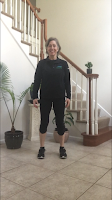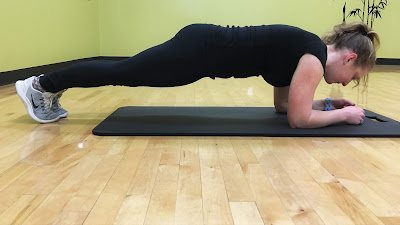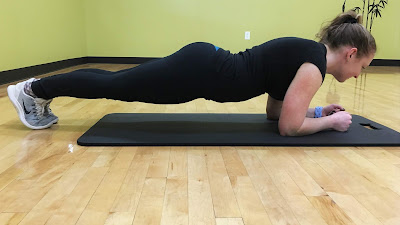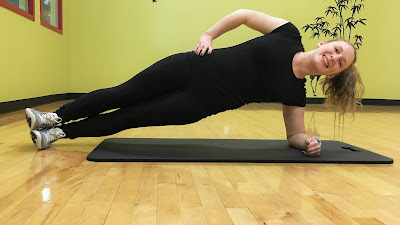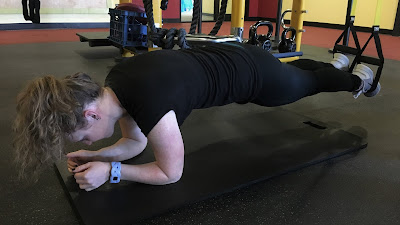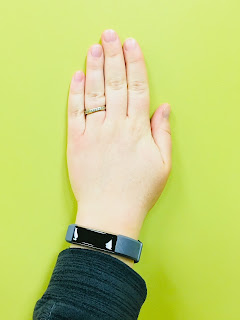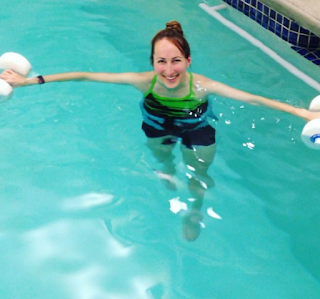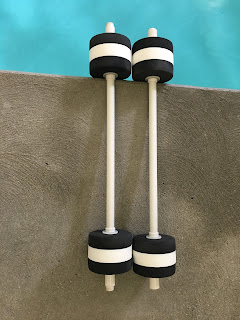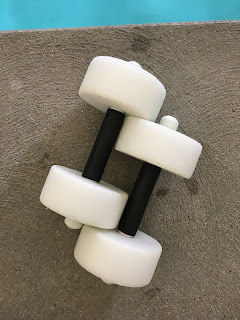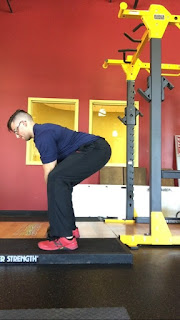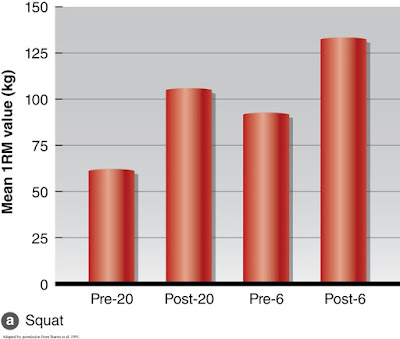Pumpkin Spice: What’s in It and How to Make Your Own
Pumpkin spice has become synonymous with fall, but do you know what’s actually in it? This warming blend of spices not only brings the essence of the season into our kitchens but also offers a range of health benefits. In this blog, we’ll explore the ingredients of pumpkin spice and show you how to make your own healthier version at home.
Ingredients of Pumpkin Spice and Their Benefits:
- Cinnamon: Known for its anti-inflammatory properties and ability to regulate blood sugar levels.
- Nutmeg: Contains antioxidants that help protect against cellular damage.
- Ginger: A powerful anti-inflammatory agent that aids in digestion.
- Cloves: High in antioxidants and can help improve liver health.
- Allspice: Offers a variety of vitamins and minerals, including vitamin A, vitamin B6, and manganese.
Recipe: Homemade Pumpkin Spice Mix Ingredients:
- 3 tablespoons ground cinnamon
- 2 teaspoons ground ginger
- 2 teaspoons ground nutmeg
- 1 ½ teaspoons ground allspice
- 1 ½ teaspoons ground cloves
Instructions:
-
- In a small bowl, combine all the spices.
- Mix well and store in an airtight container.
- Use in your favorite pumpkin spice recipes!
Healthy Pumpkin Spice Chia Pudding Recipe
Chia pudding is a versatile and nutritious dish that’s perfect for breakfast or a snack. By adding pumpkin spice, you can enjoy a seasonal treat that’s both delicious and healthy. Packed with omega-3 fatty acids, fiber, and protein, this pumpkin spice chia pudding is a guilt-free indulgence.
Recipe: Pumpkin Spice Chia Pudding
Ingredients:
- 1 cup almond milk (or any milk of choice)
- ¼ cup chia seeds
- ¼ cup pumpkin puree
- 1 tablespoon maple syrup (optional)
- 1 teaspoon homemade pumpkin spice mix
- ½ teaspoon vanilla extract
Instructions:
-
- In a bowl, whisk together the almond milk, pumpkin puree, maple syrup, pumpkin spice mix, and vanilla extract until smooth.
- Stir in the chia seeds.
- Cover and refrigerate for at least 4 hours or overnight, allowing the chia seeds to thicken.
- Give it a good stir before serving. Enjoy as is or top with nuts, seeds, or fresh fruit.
Pumpkin Spice Smoothie for Post-Workout Recovery
Refueling after a workout is crucial, and what better way to do it than with a delicious and seasonal pumpkin spice smoothie? This smoothie not only satisfies your pumpkin spice cravings but also helps replenish glycogen stores and provides essential nutrients for muscle recovery.
Recipe: Pumpkin Spice Smoothie
Ingredients:
- 1 cup almond milk (or any milk of choice)
- ½ cup pumpkin puree
- 1 frozen banana
- 1 scoop vanilla protein powder
- 1 teaspoon homemade pumpkin spice mix
- 1 tablespoon almond butter
- Ice cubes (optional, for thickness)
Instructions:
-
- Add all the ingredients to a blender.
- Blend until smooth and creamy.
- Pour into a glass and enjoy your post-workout treat
Trainer Tip by FitPlan Trainer & Nutrition Coach Andrew White










